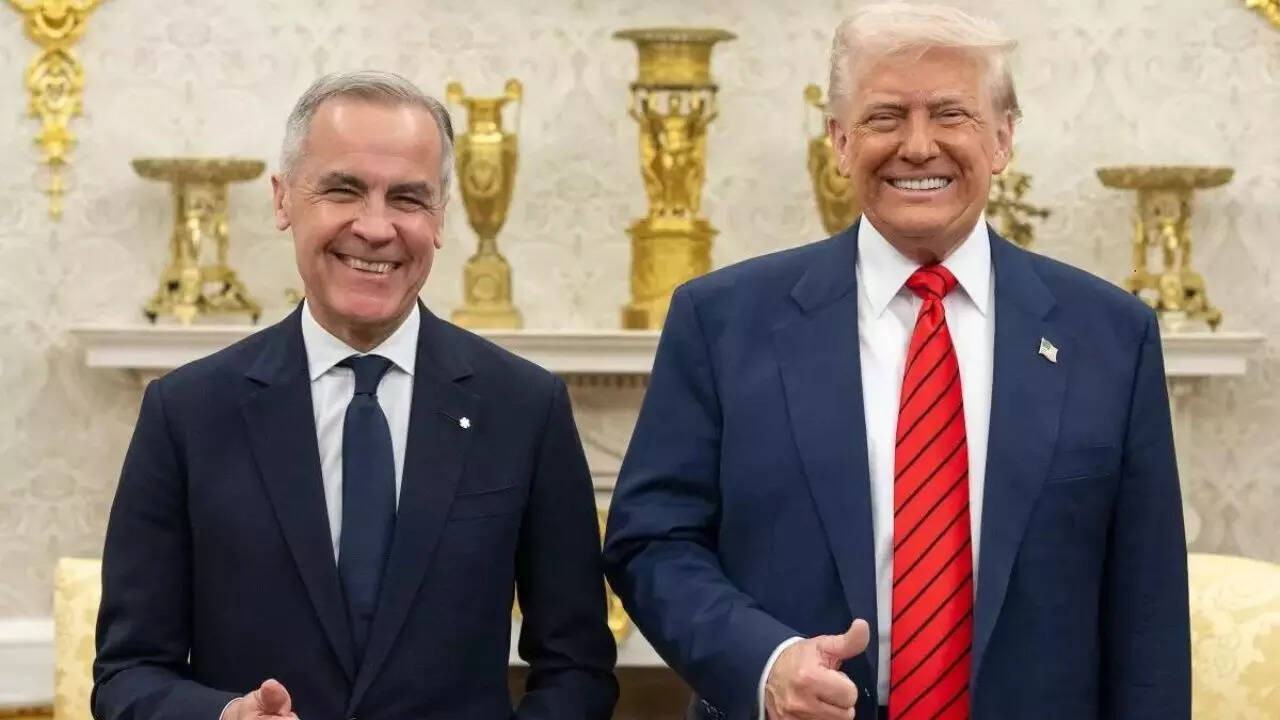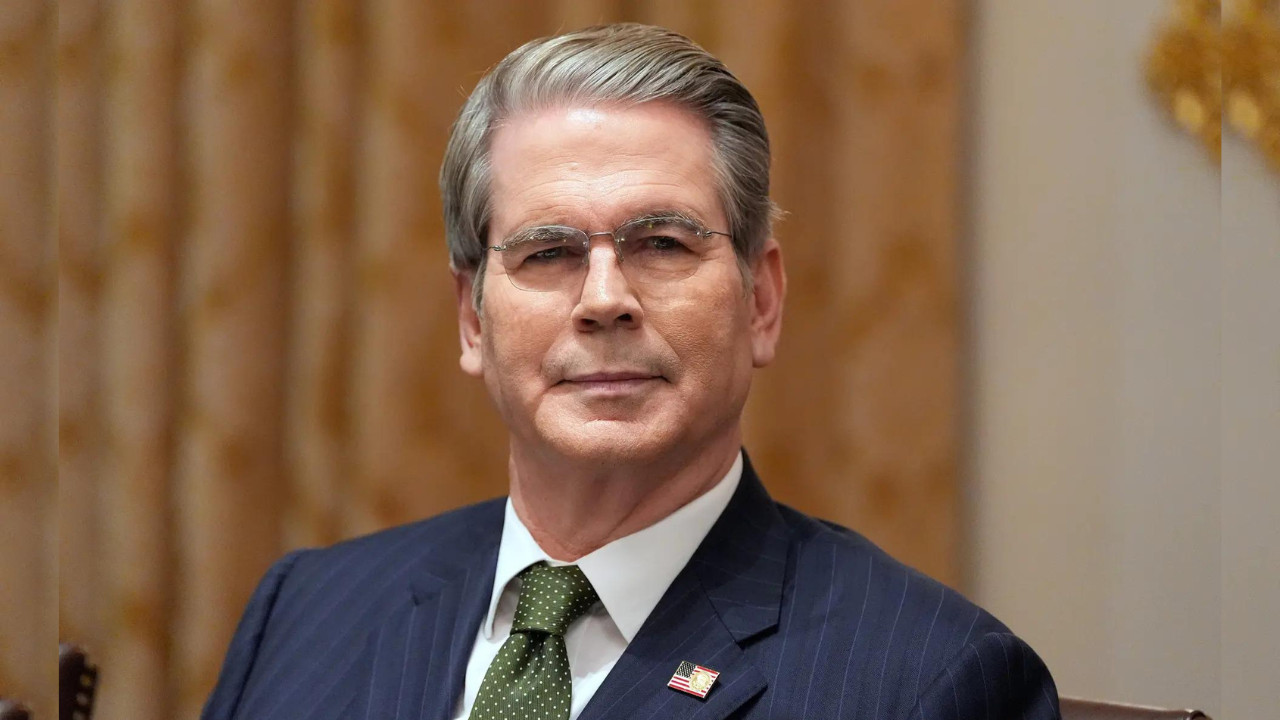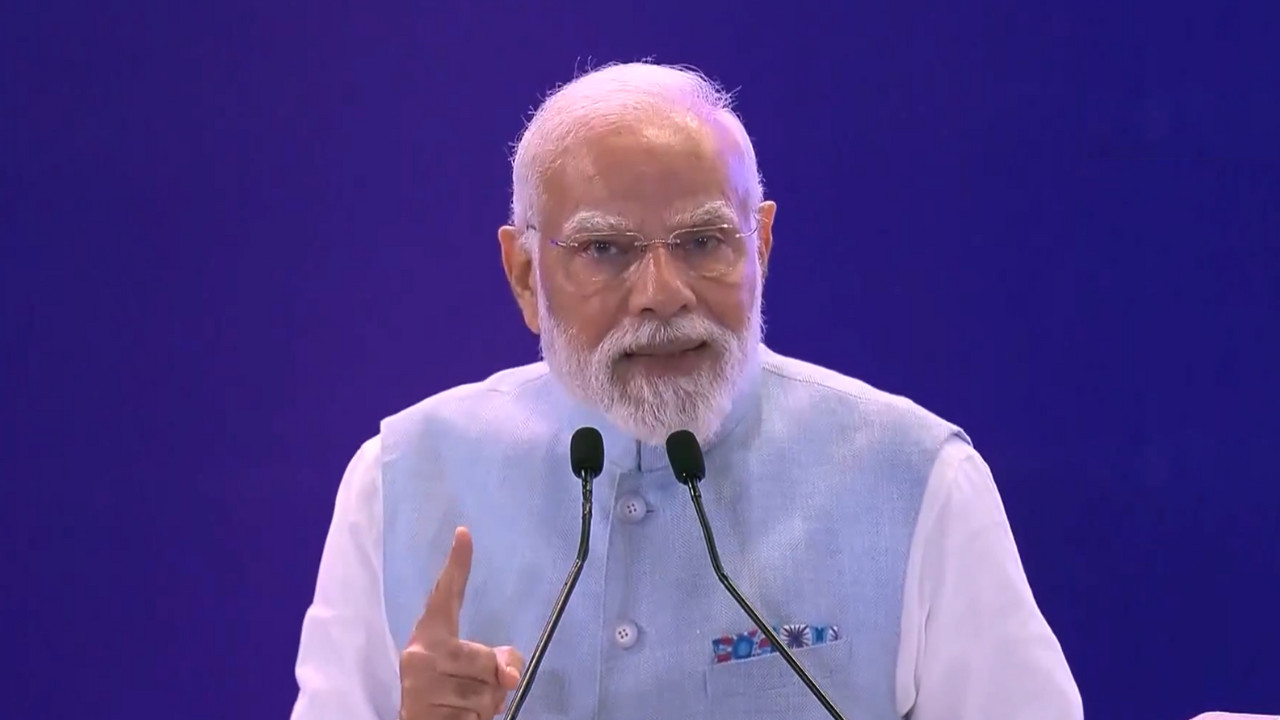Canada’s Prime Minister is open to resuming trade talks with the US, despite recent tariff hikes. This comes after President Trump halted negotiations following a controversial advertisement. Canada plans to continue diplomatic efforts and will also discuss global trade with China’s President. The ongoing tariffs are significantly impacting Canadian industries.
Navigating the Shifting Sands of North American Trade
The global economic landscape is a constantly evolving puzzle, and right now, the North American piece is getting a fresh look. Just as we were settling into a comfortable (or perhaps not-so-comfortable) rhythm, things are shifting again, with Canada signaling a willingness to re-engage in trade discussions with the United States. Could this be a sign of smoother trade winds ahead, or are we bracing for another round of economic turbulence?
The headlines suggest a thaw in relations, a willingness to revisit agreements that have been, let’s say, a point of contention. Remember the trade wars? The tariffs flying back and forth like angry birds? While those days hopefully remain in the rearview mirror, the impact of those policies is still felt across various industries. Now, with a new administration potentially on the horizon in the U.S., and perhaps a fresh perspective taking hold, the door seems to be creaking open for renewed dialogue.
Canada’s Open Door to U.S. Trade Talks
The Canadian Prime Minister has publicly stated his openness to resuming trade talks with the United States. This isn’t just about being neighborly; it’s about securing Canada’s economic future. Trade between the two countries is a massive engine, driving growth and providing countless jobs. Any disruption, any friction, has ripple effects that are felt by businesses large and small, and by ordinary citizens in both nations. A willingness to talk suggests a commitment to finding common ground, to smoothing out the rough edges that have characterized trade relations in recent years.
But what’s fueling this shift? Is it simply a pragmatic response to the changing political climate? Or is there a deeper recognition that cooperation, rather than confrontation, is the most sustainable path forward? Perhaps it’s a bit of both. Regardless, the willingness to engage is a positive signal, one that businesses on both sides of the border will be watching closely.

Carney’s China Trip: A Broader Strategy?
Adding another layer of complexity to this narrative is Mark Carney, former Governor of the Bank of Canada and the Bank of England, reportedly heading to China to meet with President Xi Jinping. This move, while seemingly separate from the U.S. trade discussions, could be part of a broader Canadian strategy to diversify its economic relationships and navigate the increasingly intricate global landscape.
China’s role in the global economy is undeniable. It’s a major trading partner for countries around the world, and its economic policies have significant implications for global markets. Carney’s visit suggests that Canada is actively seeking to understand China’s perspective and explore opportunities for collaboration. It demonstrates a multifaceted approach to international relations, one that doesn’t rely solely on traditional alliances.
This is where things get interesting. Could a stronger relationship with China give Canada more leverage in its negotiations with the U.S.? Or could it be perceived as a signal that Canada is less reliant on its southern neighbor, potentially complicating the trade talks? These are the questions that analysts and businesses alike are pondering.
What Does This Mean for the Future of North American Trade?
Predicting the future is a fool’s errand, but we can certainly analyze the current trends and make informed guesses. The willingness to resume U.S. trade talks is a positive sign, but it’s important to remember that negotiations are rarely straightforward. There will be competing interests, differing priorities, and potential sticking points along the way.
Ultimately, the success of these talks will depend on the willingness of both sides to compromise and find solutions that benefit both nations. It will require a focus on long-term sustainability rather than short-term gains. And it will demand a commitment to open communication and a genuine desire to build a stronger, more resilient trading relationship. We’ve discussed the implications of nearshoring in other articles, and strong trade relations are vital to capitalize on such trends.
The current situation presents both challenges and opportunities. While uncertainty remains, the potential for a more collaborative and prosperous future for North American trade is within reach.







